The Rugged Northwest Of Ireland
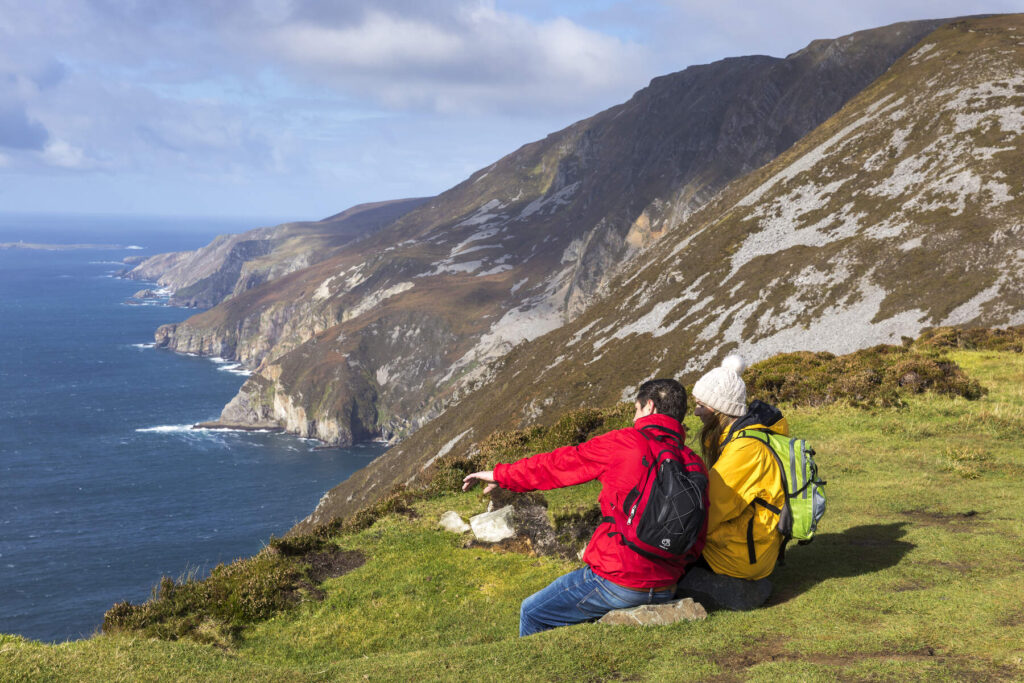
Ireland’s Most Northerly County is a place of untamed Variety and Endless Beauty
MALIN HEAD, INISHOWEN, CO DONEGAL
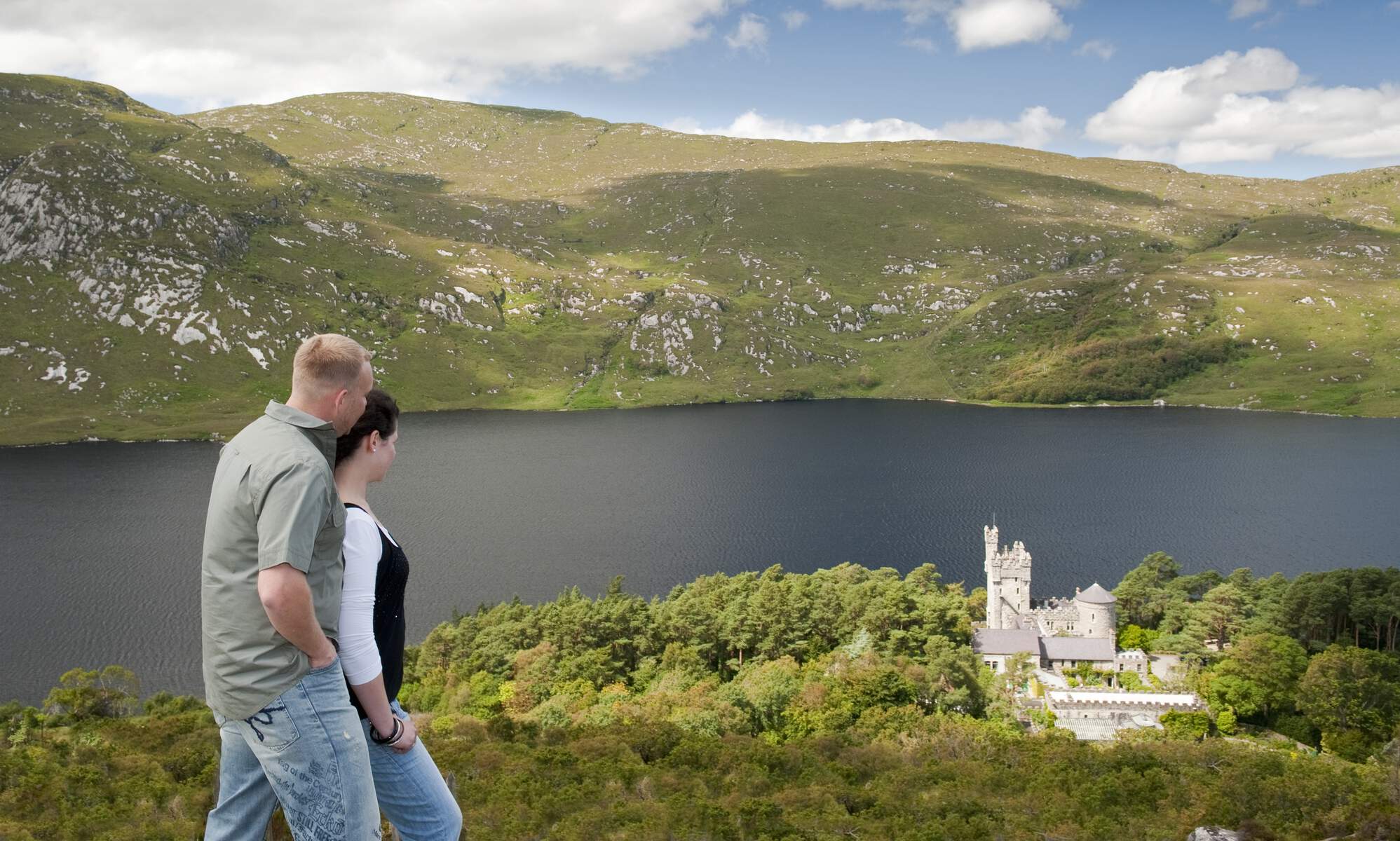
Rugged, yet inviting, Malin Head, the most northerly outpost on the Wild Atlantic Way, is steeped in history and is an outdoor playground.
North of Trawbreaga Bay, at low tide, one will spot the wreckage of the ‘Twilight’, which sank in 1889 while sailing to Derry.
Following on the coast road is the old radio station, built in 1910, and The Tower, a derelict signal station, located on Banba’s Crown, the most northerly point in Ireland.
The stunning panorama includes Inistrahull and Tory islands, as well as the Scottish hills on a clear day.
You can walk along the cliffs to Hell’s Hole, a chasm where the tide rushes in with impressive force.
Head east to Ballyhillion Beach, which dates all the way back to the Ice Age and is known for its many semi-precious stones.
CIONN FHÁNADA (FANAD HEAD), CO DONEGAL
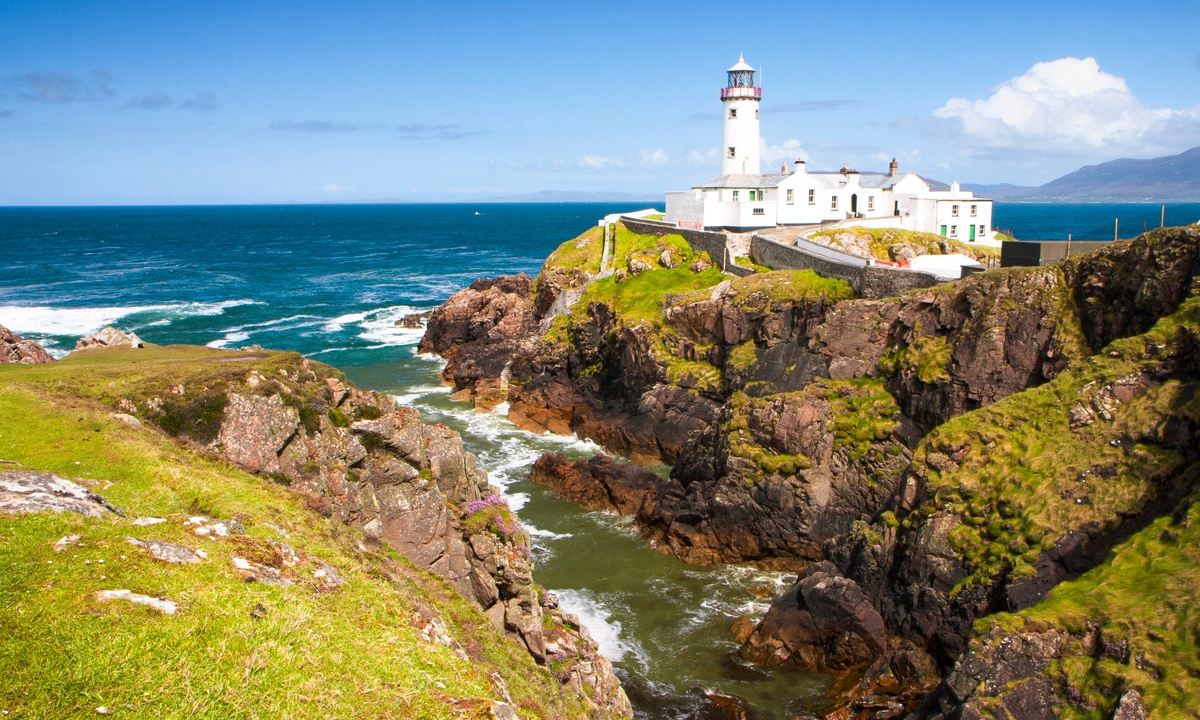
Fanad Head lies on a wild and rugged peninsula on the north coast of County Donegal between Lough Swilly and Mulroy Bay.
Stretching bravely into the swirling Atlantic Ocean on the northern tip of Ireland, to reach the headland you should travel along the Knockalla Coast Road, a route with some seriously stunning panoramas.
Along the way, are spectacular views of the Inishowen Peninsula and Atlantic Ocean, and as the road ascends, you’ll look down upon Portsalon and Ballymastocker Bay.
From this vantage point, it’s easy to see why the beach was once voted the second most beautiful in the world.
Along the adjacent headland, you’ll see awe-inspiring waves and the Wild Atlantic Way’s most rugged stretch of coastline.
This is one place where you’ll certainly want to have your camera ready.
SLIABH LIAG (SLIEVE LEAGUE), CO DONEGAL
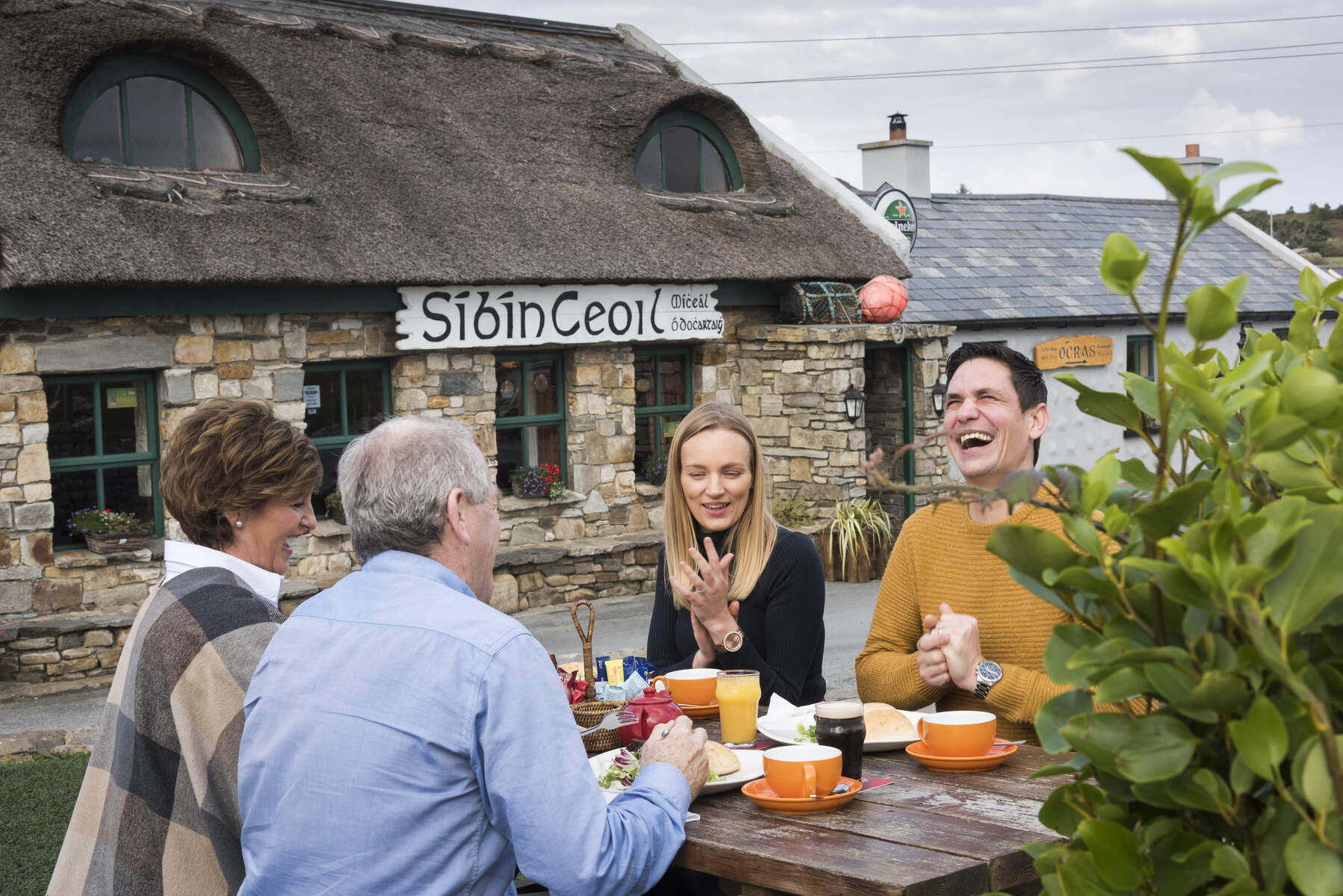
With some of the highest and finest marine cliffs in Europe, Donegal’s Sliabh Liag is not to be missed.
From the top of Sliabh Liag (601 metres/1972 feet) there are terrific views of the Atlantic Ocean, Donegal Bay and the Sligo Mountains.
Sliabh Liag was also a site of Christian pilgrimage for more than 1,000 years, although it’s believed to have been a sacred place long before the Christians arrived.
The mountains have a rich history, and there is a lot to learn at the visitor center, where one may also get a taste of the local food, culture and sense of humor.
One can experience the cliffs from the sea with boat trips from Teelin Harbour.
DONEGAL CASTLE, MILLTOWN, DONEGAL
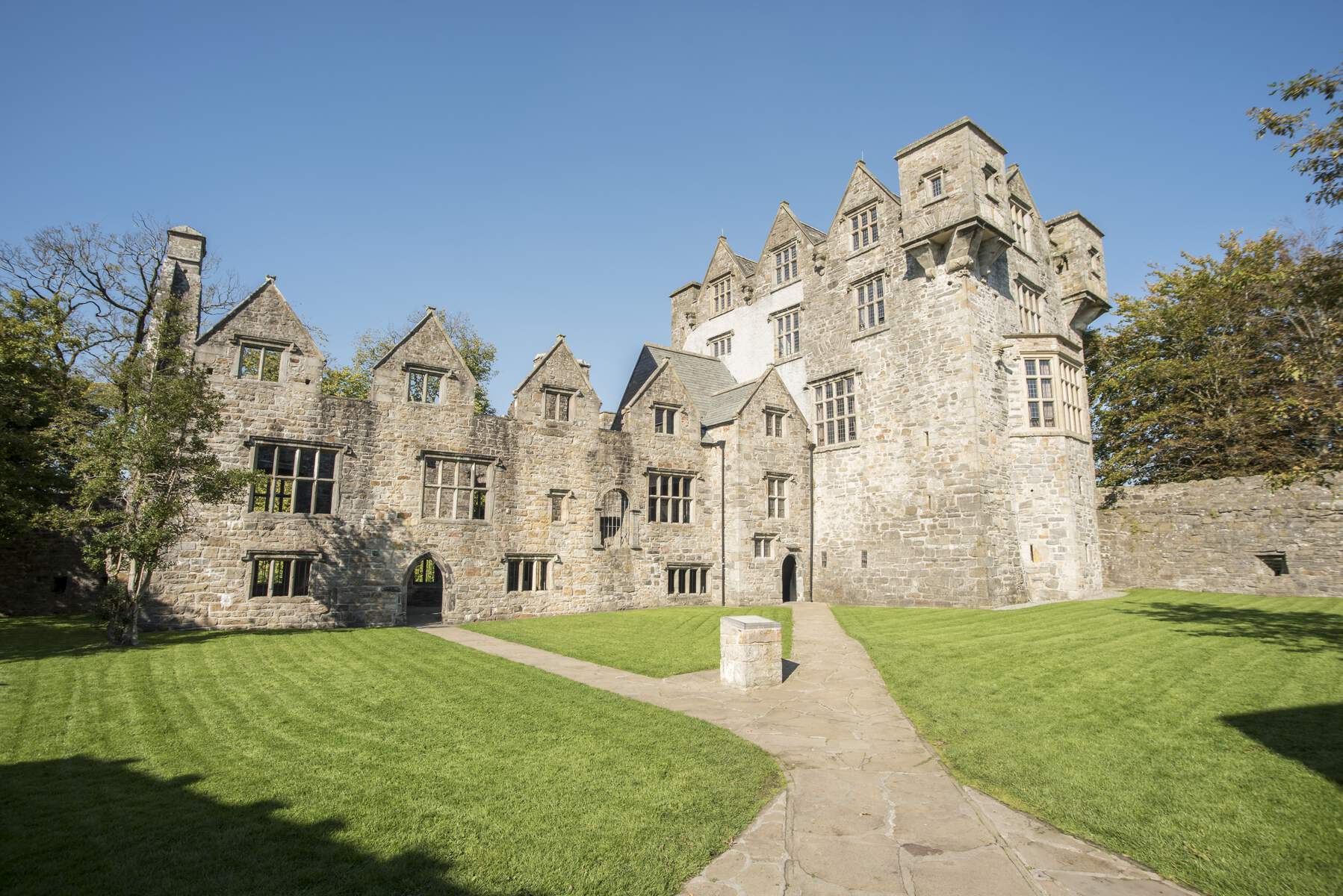
In 1566, the Lord Treasurer of England described Donegal Castle as “the greatest I ever saw in an Irishman’s hands”.
Today, it continues to be one of Ireland’s most impressive castles and offers visitors a fascinating insight into the lives of its original builders and subsequent owners.
The castle seen today in the center of Donegal town was established by local Gaelic chieftains, the O’Donnells, in 1474. Their defeat in the Nine Years’ War led to an English soldier, Basil Brooke, acquiring ownership in 1610.
Today, the renovated tower house offers a glimpse into the contrasting lives of both families and their respective cultures.
The castle’s early days was an O’Donnell stronghold and its later history was of a Jacobean Manor House added by its English owners.
After lying in ruins for most of the twentieth century, Donegal Castle was sympathetically restored in the early 1990s.
During the renovation, oak timbers from the Colebrooke Estate in Fermanagh were incorporated into the Castle. Colebrooke was the estate to which the Brooke family moved after selling Donegal Castle in the 1670s.

